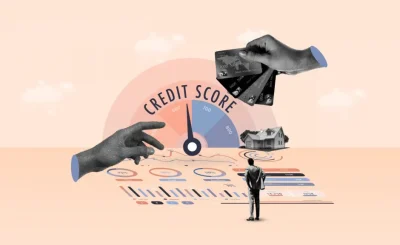The word loan refers to a sort of financial credit contract in which an amount of cash is given to another party as a loan, in return for future repayment of an agreed amount or principal. In most cases, this is a promise to pay back a sum of cash in a particular time period, at a specific interest rate. In some instances, the creditor also adds finance fees and interest to the original principal amount that the borrower has to repay along with the remaining principal balance. Although a loan differs from other forms of credit in such a way, it is not necessarily considered a risky credit structure because the interest rates on loans are usually fixed at pre-set levels, and the amount of loaned money remains unchanged at any point during the term. Nonetheless, there are some risks involved in a loan situation.
If you are thinking of applying for a loan, the first thing to do would be to determine your credit history. If you have had bad credit history, then it might take some time for lenders to give you a loan, although you can always negotiate for a quicker approval. There are two types of bad credit borrowers; those who have defaulted on repayments and those who have committed bankruptcy. Bad credit holders would owe the money in lump sums, while good credit holders would owe a payment plan that they could follow regularly to repay their debts.
The good credit score borrower, on the other hand, can use this score as the basis for negotiating a lower interest rate, or even a discount. There are many lenders who offer loans regardless of your credit history, so the rates would differ depending on your current credit score. Most borrowers prefer to get loans for the long term, so it is important to be sure that you can still make the monthly repayments in the given time period.
Another factor that influences the interest rate for a loan is the type of security that you provide to secure the loan. If you have a secure home or savings account with the lender, then they are more likely to offer you competitive rates. Those who do not have any form of collateral are offered low interest rates by unsecured lenders.
The interest rate also depends on the amount that the borrower has to pay as interest each month. For instance, if the loan principal is ten thousand dollars and the total interest rate is five percent, then the borrowers will have to pay thirty percent of the total principal every month. If the loan principal is twenty thousand dollars and the interest rate is five percent, then the borrowers will have to pay fifty percent of the total principal.
Another factor that lenders consider when determining the loan terms is the repayment principal. The repayment principal is the amount that the loan lender must pay back in total. When taking into consideration the initial interest rate as well as the total loan amount, the repayment of principal becomes the deciding factor in determining the loan term. Also, if the loan terms require monthly payments, then the lender has to calculate the annual amount of principal that must be paid. This calculation is done to ensure that the loan terms are still affordable to the borrowers.










